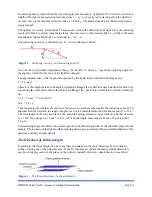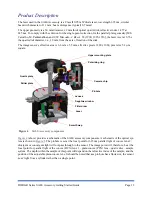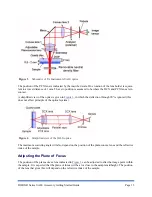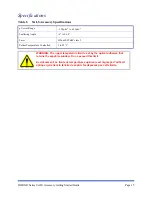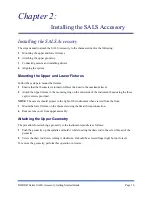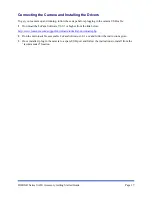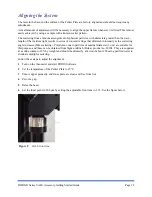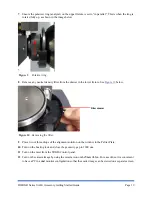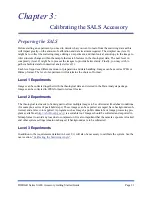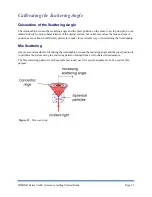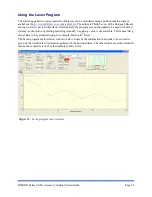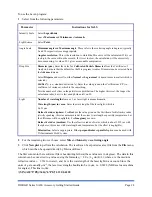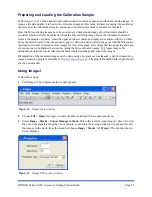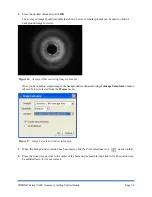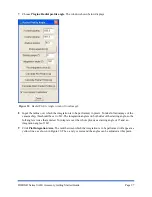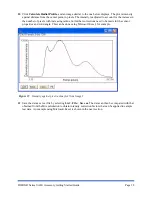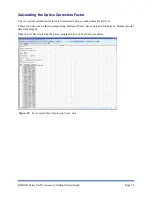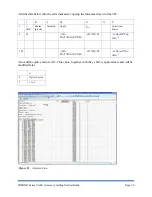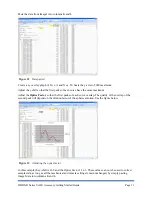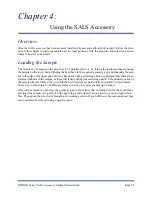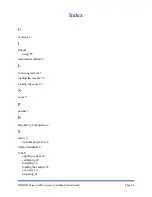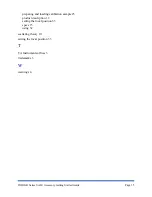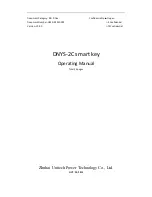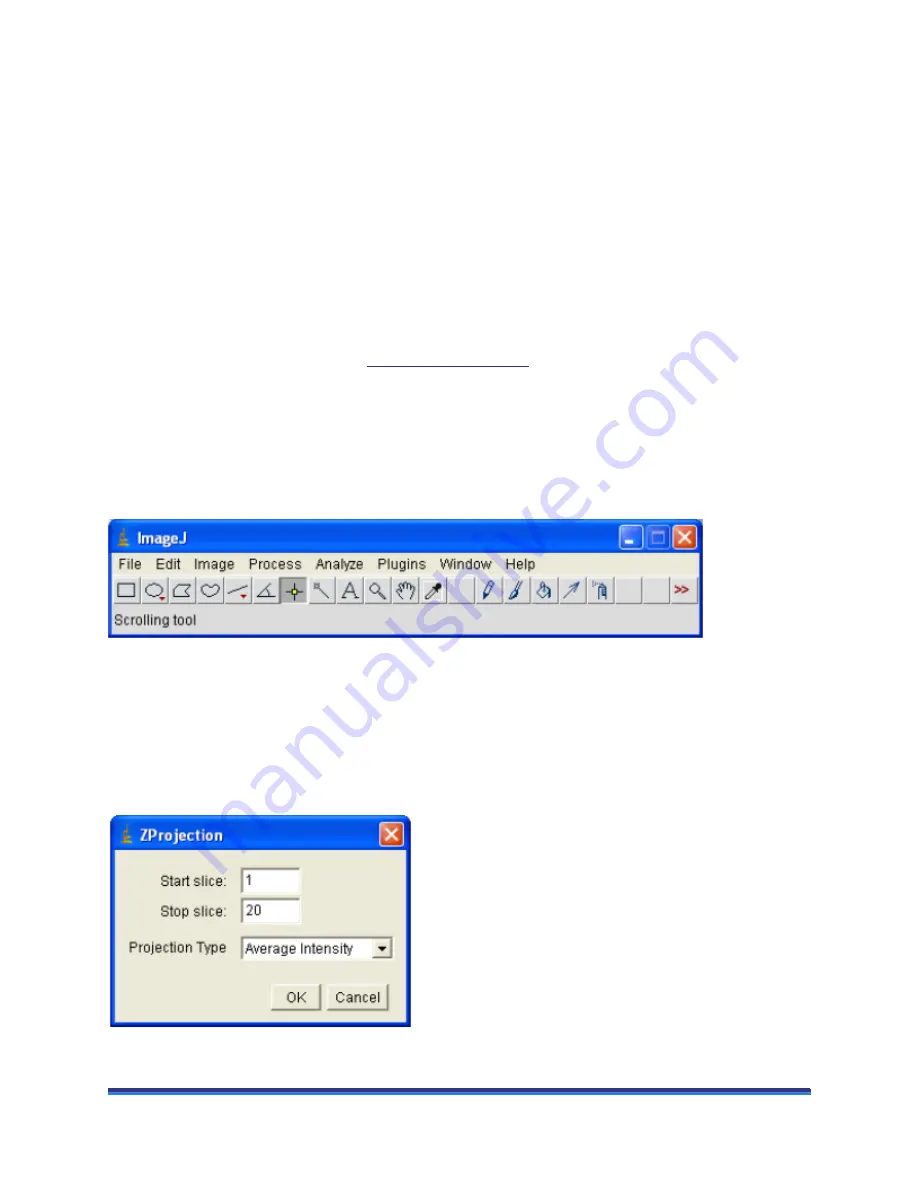
DHR/AR Series SALS Accessory Getting Started Guide
Page 25
Preparing and Loading the Calibration Sample
Follow steps 1 to 12 of the alignment procedure, lock the camera exposure, and then capture the image. To
improve the data quality, it is best to record several images at this point, for later averaging. An oscillatory
time sweep at the minimum stress in continuous controlled stress mode is suitable for this task.
Once the Mie scattering images have been recorded, a background image of purified water should be
recorded, which will later be subtracted from the Mie scattering image. Raise the instrument head and
remove the sample of spheres, clean the upper and lower plates, and replace the sample with two or three
drops of purified water. Close the geometry gap to 1000 µm, and record the image (as with the Mie scatter-
ing images, it is best to record several images for later averaging). It is critical that the focussing and cam-
era exposure are not adjusted between recording the Mie and water images. To prepare images for
manipulation, load the results files into the Data Analysis package and export the images.
Manipulation of the measured images can be done using a program such as ImageJ, a public domain Java
image processing program available at
http://rsb.info.nih.gov/ij/
. The plug-in Radial Profile Angle should
also be downloaded.
Using ImageJ
Follow these steps:
1
Start ImageJ. The program main window appears.
Figure 14
ImageJ main window.
2
Choose
File
>
Open
. Navigate to where the Mie scattering files are and open them.
3
Select
Image
>
Stacks
>
Convert Images to Stack
. This collects all the open images (“slices”) so that
they can be manipulated together. For example, to calculate the average intensity of each pixel for all
the images in the stack, from the menu bar choose
Image
>
Stacks
>
Z Project
. The window shown
below displays.
Figure 15
ImageJ ZProjection window.

